ON THE TOP-DIMENSIONAL COHOMOLOGY OF ARITHMETIC CHEVALLEY GROUPS BENJAMIN BRÜCK YURI SANTOS REGO AND ROBIN J. SROKA
2025-05-02
1
0
598.26KB
8 页
10玖币
侵权投诉
ON THE TOP-DIMENSIONAL COHOMOLOGY OF
ARITHMETIC CHEVALLEY GROUPS
BENJAMIN BRÜCK, YURI SANTOS REGO, AND ROBIN J. SROKA
Abstract. Let Kbe a number field with ring of integers Oand let Gbe
a Chevalley group scheme not of type E8,F4or G2. We use the theory
of Tits buildings and a result of Tóth on Steinberg modules to prove that
Hvcd(G(O); Q)=0if Ois Euclidean.
1. Introduction
In this article, we obtain the following result about the cohomology of arithmetic
groups:
Theorem 1.1. Let Kbe a number field, Othe ring of integers in Kand Ga
Chevalley–Demazure group scheme of type An,Bn,Cn,Dn,E6or E7. If Ois Eu-
clidean, then the rational cohomology of G(O)vanishes in its virtual cohomological
dimension vcd = vcd(G(O)),
Hvcd(G(O); Q)=0.
As SLnand Sp2nare the simply-connected Chevalley–Demazure schemes of types
An−1and Cn, respectively, Theorem 1.1 is a common generalisation of results of
Lee–Szczarba [LS76] (for SLn(O)) and Brück–Patzt–Sroka [Sro21, Chapter 5] (for
Sp2n(Z), building on work of Gunnells [Gun00]).
There are two main ingredients in the proof of Theorem 1.1. The first is work
of Borel–Serre [BS73] who proved that the groups in question are virtual Bieri–
Eckmann duality groups. This allows one to study their high-dimensional rational
cohomology by analysing their low-dimensional homology with coefficients in the
so called Steinberg module. The second ingredient is a result of Tóth [Tót05]
that gives a generating set of this module. He shows that in the cases covered in
Theorem 1.1, the Steinberg module is cyclic as a G(O)-module. This generalises
results by Ash–Rudolph [AR79] and Gunnells [Gun00] in the cases of SLnand Sp2n,
respectively.
The Steinberg module can be described as the top-dimensional homology group
of an associated Tits building. Previous vanishing results in the settings of SLn
and Sp2nused explicit descriptions of the buildings that were specific for the cor-
responding types; see [CFP19, Sections 1.1 and 4] for type Aand [Sro21, Chapter 5
and Definition 60] for type C. We prove a building-theoretic generalisation of the
key step in [CFP19, Section 4] for all types; see Proposition 3.3. This enables us
to show that cohomology vanishing in the virtual cohomological dimension always
BB and RJS were partially supported by the Deutsche Forschungsgemeinschaft (DFG, German
Research Foundation) – Project-ID 427320536 – SFB 1442, as well as by Germany’s Excellence
Strategy EXC 2044 – 390685587, Mathematics Münster: Dynamics–Geometry–Structure. YSR
was partially supported by the German Research Foundation (DFG) through the Priority Program
2026 ‘Geometry at infinity’, Project 62, while working on this project at the OvGU Magdeburg.
RJS was partially supported by the European Research Council (ERC grant agreement No.772960)
and the Danish National Research Foundation (DNRF92, DNRF151) as a PhD Fellow at the Uni-
versity of Copenhagen, and by NSERC Discovery Grant A4000 in connection with a Postdoctoral
Fellowship at McMaster University.
1
arXiv:2210.12784v2 [math.AT] 13 May 2024
2 BENJAMIN BRÜCK, YURI SANTOS REGO, AND ROBIN J. SROKA
follows if one can show that the Steinberg module is generated by “integral apart-
ment classes”; see Theorem 3.4. The generation by integral apartments classes, in
turn, is the content of Tóth’s result.
There are two assumptions in Theorem 1.1. The first is that Gbe not of type E8,
F4or G2. This is due to the same hypothesis in Tóth’s work and comes from the fact
that, in these cases, there is no maximal parabolic subgroup whose unipotent radical
is abelian [Tót05, Section 5]. This makes certain computations harder in these cases
[Tót05, second paragraph after Theorem 2]. The second assumption is that Obe
Euclidean, which is also a restriction in Tóth’s work. However, Euclideanity seems
to be a natural assumption for a general statement in the style of Theorem 1.1. This
is among other things indicated by work of Miller–Patzt–Wilson–Yasaki [MPWY20]
who obtain non-vanishing results for G= SLnand certain non-Euclidean PIDs O.
The condition that Oshould at least be a PID is necessary in a strong sense, at
least for G= SLn[CFP19, Theorem D] and G= Sp2n[BH23, Theorem 1.1].
In type A, for the group SLn(O), even stronger vanishing results are already
known: Church–Putman [CP17] showed that the rational cohomology of this group
vanishes also one degree below its virtual cohomological dimension if O=Z, and
Kupers–Miller–Patzt–Wilson [KMPW22] proved the same result for Othe Gaussian
or Eisenstein integers. Brück–Miller–Patzt–Sroka–Wilson [BMP+22] extended this
to vanishing of the rational cohomology two degrees below the virtual cohomological
dimension for O=Z. These results confirm parts of a conjecture by Church–Farb–
Putman [CFP14] who asked whether it was generally true that
(1.1) Hvcd(SLn(Z))−i(SLn(Z); Q)=0if i<n−1 = rk(SLn).
In light of Theorem 1.1, one is tempted to ask whether vanishing behaviour
similar to Eq. (1.1) might also occur for other arithmetic Chevalley groups.
Question 1.2. Let Kbe a number field, Othe ring of integers in Kand Ga
Chevalley–Demazure group scheme. If Ois Euclidean, is it true that
Hvcd(G(O))−i(G(O); Q) = 0 for all i < rk(G)?
Currently, evidence for such a vanishing pattern is given by Theorem 1.1, the
above mentioned results in type Aand work of Brück–Patzt–Sroka [BPS23] in type
Cthat shows that Hvcd(Sp2n(Z))−1(Sp2n(Z); Q)is trivial for n≥2.
Acknowledgements. We are indebted to Petra Schwer for helpful discussions, and to
Paul Gunnells for helpful comments and pointing us to [Tót05]. We thank Peter Patzt,
Jeremy Miller and Jennifer Wilson for comments on earlier versions of this article and
Dan Yasaki for comments on computations in low dimensions. RJS would like to thank
his PhD advisor Nathalie Wahl for enlightening conversations and helpful feedback about
[Sro21, Chapter 5]. We thank the anonymous referee for their comments and suggestions.
2. Background
2.1. Coxeter groups and Coxeter complexes. Given a finite set S, consider a
symmetric matrix M= (ms,t)s,t∈Swhose diagonal entries equal one and all other
entries are ∞or integers greater than one. A group Wwith presentation
W=⟨s∈S|(st)ms,t = 1 for all s, t with ms,t <∞⟩
is called a Coxeter group. The pair (W, S)is the corresponding Coxeter system, and
Sis the Coxeter generating set. The rank of the system (W, S)is the cardinality
|S|of the given generating set. We write ℓ(w)for the word length of w∈W
with respect to the generating set S. The system (W, S)is called spherical if the
underlying Coxeter group Wis finite. The reader is referred to standard textbooks,
such as [Hum72,GP00,AB08], for further background on Coxeter groups.
摘要:
展开>>
收起<<
ONTHETOP-DIMENSIONALCOHOMOLOGYOFARITHMETICCHEVALLEYGROUPSBENJAMINBRÜCK,YURISANTOSREGO,ANDROBINJ.SROKAAbstract.LetKbeanumberfieldwithringofintegersOandletGbeaChevalleygroupschemenotoftypeE8,F4orG2.WeusethetheoryofTitsbuildingsandaresultofTóthonSteinbergmodulestoprovethatHvcd(G(O);Q)=0ifOisEuclidean.1...
声明:本站为文档C2C交易模式,即用户上传的文档直接被用户下载,本站只是中间服务平台,本站所有文档下载所得的收益归上传人(含作者)所有。玖贝云文库仅提供信息存储空间,仅对用户上传内容的表现方式做保护处理,对上载内容本身不做任何修改或编辑。若文档所含内容侵犯了您的版权或隐私,请立即通知玖贝云文库,我们立即给予删除!
相关推荐
-
公司营销部领导述职述廉报告VIP免费

 2024-12-03 4
2024-12-03 4 -
100套述职述廉述法述学框架提纲VIP免费
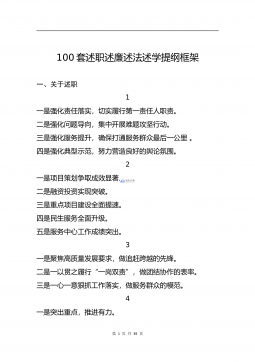
 2024-12-03 3
2024-12-03 3 -
20220106政府党组班子党史学习教育专题民主生活会“五个带头”对照检查材料VIP免费
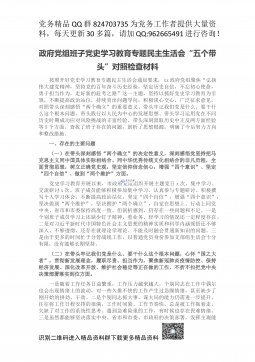
 2024-12-03 3
2024-12-03 3 -
20220106县纪委监委领导班子党史学习教育专题民主生活会对照检查材料VIP免费
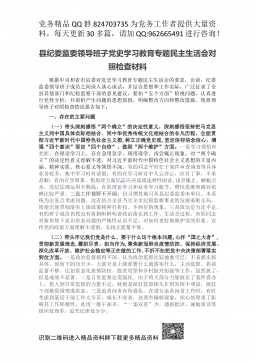
 2024-12-03 6
2024-12-03 6 -
A文秘笔杆子工作资料汇编手册(近70000字)VIP免费

 2024-12-03 3
2024-12-03 3 -
20220106县领导班子党史学习教育专题民主生活会对照检查材料VIP免费
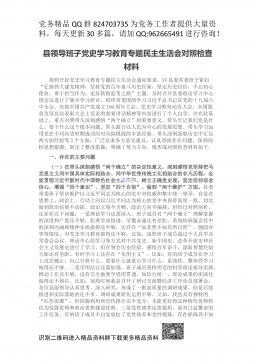
 2024-12-03 4
2024-12-03 4 -
经济开发区党工委书记管委会主任述学述职述廉述法报告VIP免费
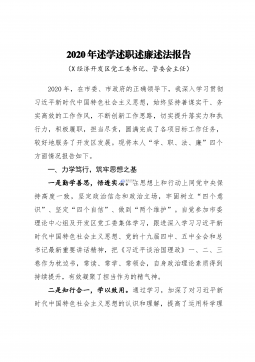
 2024-12-03 34
2024-12-03 34 -
20220106政府领导专题民主生活会五个方面对照检查材料VIP免费
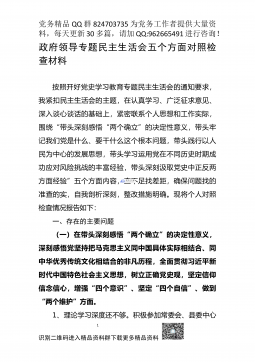
 2024-12-03 11
2024-12-03 11 -
派出所教导员述职述廉报告6篇VIP免费
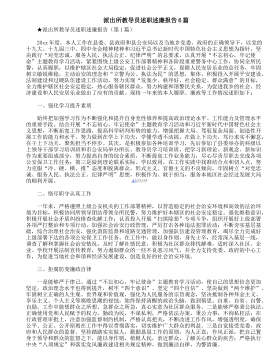
 2024-12-03 8
2024-12-03 8 -
民主生活会对县委班子及其成员批评意见清单VIP免费
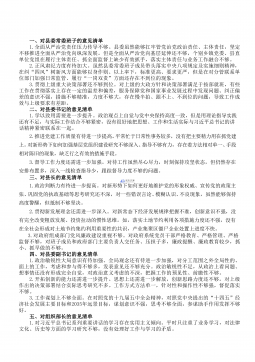
 2024-12-03 50
2024-12-03 50
分类:图书资源
价格:10玖币
属性:8 页
大小:598.26KB
格式:PDF
时间:2025-05-02



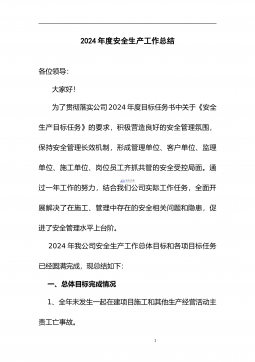
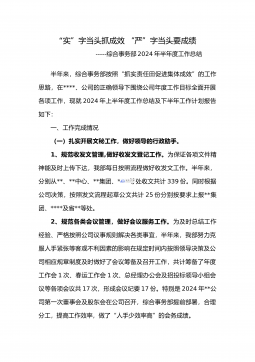
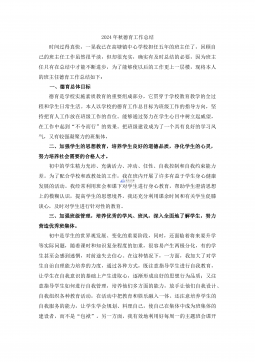
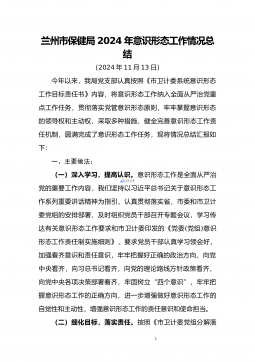
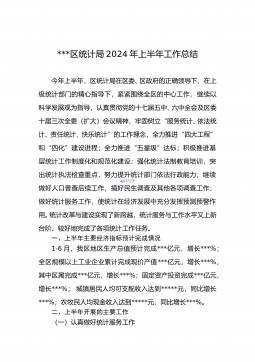
 渝公网安备50010702506394
渝公网安备50010702506394
